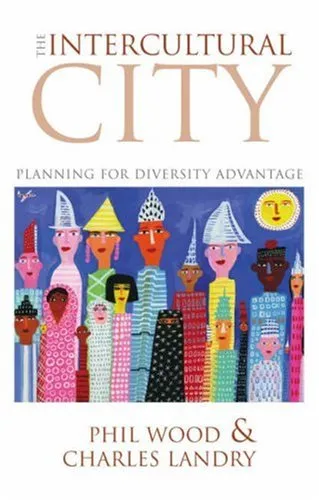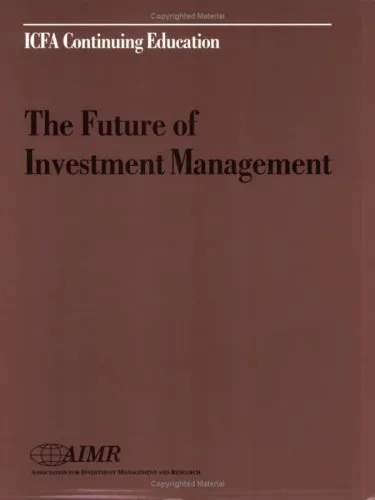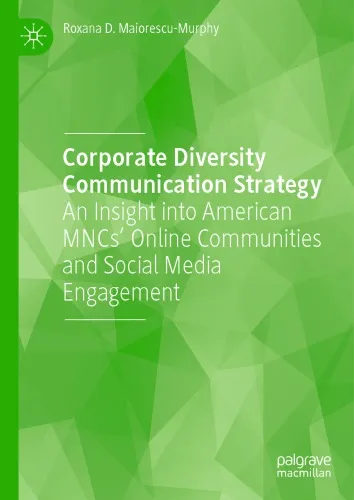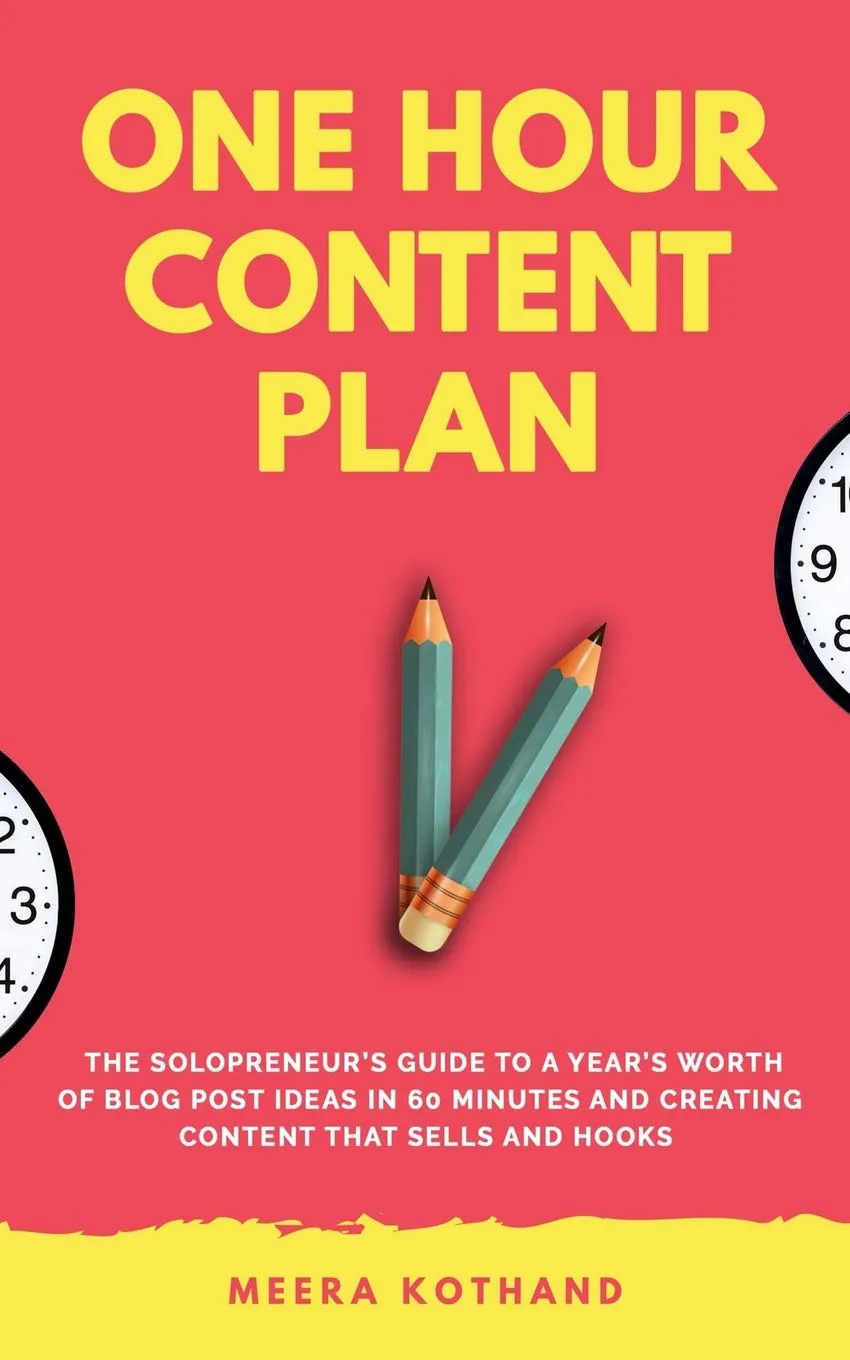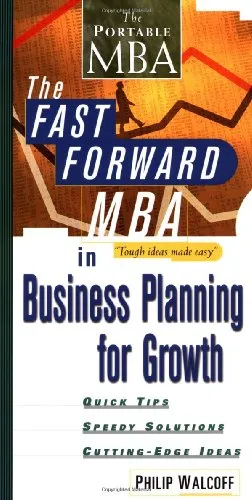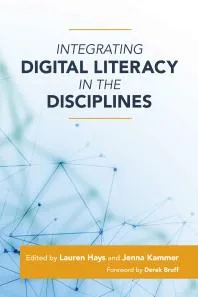The Intercultural City: Planning for Diversity Advantage
4.5
Reviews from our users

You Can Ask your questions from this book's AI after Login
Each download or ask from book AI costs 2 points. To earn more free points, please visit the Points Guide Page and complete some valuable actions.Related Refrences:
Introduction to "The Intercultural City: Planning for Diversity Advantage"
Cities today are hubs of diverse cultures, lifestyles, and identities. As globalization continues to shape the world, urban centers must adapt to the multifaceted realities of living together. "The Intercultural City: Planning for Diversity Advantage" by Charles Landry and Phil Wood provides a visionary roadmap for fostering inclusive and dynamic cities through the lens of interculturalism. This groundbreaking book challenges conventional ideas of urban planning and cultural integration, emphasizing the opportunities that diversity brings when properly harnessed, rather than viewing it as a challenge or burden.
The authors propose a shift from the outdated assimilationist and multiculturalist models to a more collaborative, creative, and inclusive paradigm: the intercultural city. By doing so, they address how cities can become spaces of active interaction, where cultural differences are seen as strengths that fuel innovation, economic vitality, and enriched social cohesion. Drawing upon extensive research, case studies, and in-depth analysis, this book is an essential guide for policymakers, urban planners, and community leaders seeking to unlock the potential of diversity in their cities.
Detailed Summary of the Book
The book begins by exploring the contemporary realities of urbanization and globalization. Cities are becoming home to increasingly diverse populations, and while diversity can ignite conflicts and tension, it also has the potential to spur creativity, innovation, and economic growth. Landry and Wood emphasize that harnessing the "diversity advantage" is key to creating resilient and thriving cities.
Through the concept of the intercultural city, the authors provide a framework for managing cultural diversity in a holistic, dynamic, and forward-thinking way. Rather than encouraging isolated coexistence (as in multiculturalism), the intercultural city emphasizes active interaction, dialogue, and collaboration across cultural boundaries. Key elements of the framework include fostering trust between communities, ensuring equitable access to public resources, and creating public spaces designed to encourage cultural exchange.
The book also outlines practical tools and strategies for implementing intercultural principles in urban planning. This includes designing neighborhoods where cultural interaction is encouraged, enabling cultural activities that celebrate diversity, and shaping leadership structures to reflect the variety of voices present in the community. Detailed case studies from cities around the world enrich the discussion, offering insights into how these principles have been successfully applied in real-life scenarios.
Ultimately, the authors argue that interculturalism is not just a policy framework but a mindset. By fostering openness, flexibility, and mutual respect, cities can transform diversity from a source of division into an extraordinary asset that enhances quality of life for all inhabitants.
Key Takeaways
- Diversity should not be viewed as a challenge but as an advantage that enriches cities socially, culturally, and economically.
- Interculturalism promotes active interaction, fostering trust and understanding between diverse communities.
- Urban design plays a central role in shaping the dynamics of cultural exchange. Spaces must be deliberately designed to encourage collaboration and dialogue.
- Leadership and governance structures must be inclusive, ensuring that diverse voices are represented and heard at decision-making levels.
- The intercultural city is not a fixed state but a dynamic process that requires constant evolution and adaptation.
Famous Quotes from the Book
"Diversity, when properly harnessed, is the engine of innovation, the fountain of resilience, and the foundation of a rich urban fabric."
"The intercultural city recognizes that interaction, not separation, is the key to thriving in an increasingly interdependent world."
"Openness to new influences and ideas is not a threat to tradition but is, in fact, the mechanism by which tradition evolves and remains relevant."
Why This Book Matters
"The Intercultural City: Planning for Diversity Advantage" is a timely and essential contribution to the discourse on urbanization and cultural diversity. As cities worldwide grapple with the pressures of migration, globalization, and social integration, this book offers a bold and pragmatic vision of inclusion and interaction. It not only reframes the conversation around diversity but also provides actionable insights for policymakers, planners, and citizens alike.
The authors’ emphasis on interculturalism as a proactive strategy rather than a reactive one sets this work apart. By moving beyond outdated models of assimilation and superficial multiculturalism, "The Intercultural City" inspires a new approach to city-building: one that fosters creativity, sustainability, and resilience through meaningful cultural exchange.
As such, this book is more than a guide for urban planners—it is a call to action for everyone who envisions cities as vibrant, inclusive spaces that truly reflect the richness of human civilization.
Free Direct Download
You Can Download this book after Login
Accessing books through legal platforms and public libraries not only supports the rights of authors and publishers but also contributes to the sustainability of reading culture. Before downloading, please take a moment to consider these options.
Find this book on other platforms:
WorldCat helps you find books in libraries worldwide.
See ratings, reviews, and discussions on Goodreads.
Find and buy rare or used books on AbeBooks.
